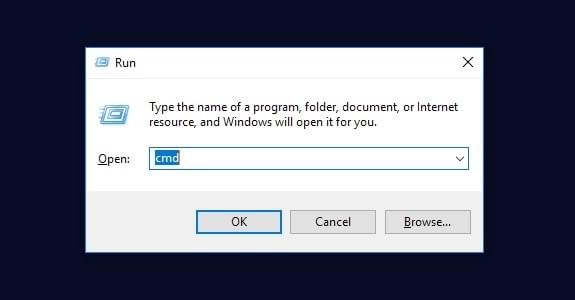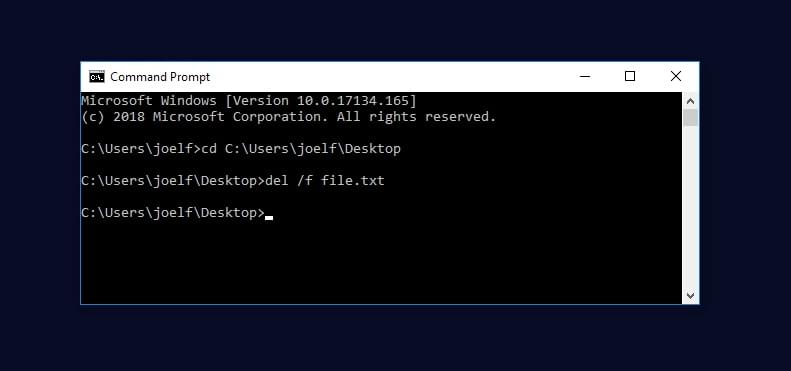Headlines
The Cost Of JavaScript In 2018
Addy Osmani covers some strategies you can use to deliver JavaScript efficiently while still giving users a valuable experience. (medium.com)
The Bullshit Web
A must read for anyone that builds for the web. (pxlnv.com)
Articles
How We Ditched Redux for MobX
A look into how the talented Skillshare team moved from Redux to MobX as their state manager. If you are battling with Redux this is a good read. (medium.com)
Stunning hover effects with CSS variables
With a sprinkling of JavaScript and a little CSS you can build some awesome hover effects. Tobias Reich explains. (blog.prototypr.io)
How to get better at writing CSS
Thomas Lombart passes on some knowledge on how to write maintainable CSS code and how to organise it. (freecodecamp.org)
Reflecting on Abstract’s First Year (goabstract.com)
Tools / Resources
Switching Code Editors
Chris Coyier shares a collection of thoughts around changing editors. (css-tricks.com)
Awesome Code Review
A curated list of tools, articles, books, and any other resource related to code reviews. (github.com)
React Sight
Visualize your React applications. (reactsight.com)
React Live
A production-focused playground for live editing React code. (react-live.kitten.sh)
Evergreen
A pragmatic UI kit for building evolving products on the web. (github.com)
StyleURL
An easy way for developers & designers to collaborate on CSS changes. (styleurl.app)
React + Stripe Ecommerce Store Template (github.com)
Screely – Generate Beautiful Mockups (screely.com)
Inspiration
Simplifying our build process (cushionapp.com)
Evolving the Firefox Brand(blog.mozilla.org)
Jobs
Front End Developer and Designer at Dropbox
We are seeking an entrepreneurially-minded individual, who can act as both a designer and a front end engineer for our family of internal data-driven sales and customer insights products. (dropbox.com)
Brand Designer at Auth0
As a brand designer, you will bring well-crafted narratives to life across several channels and touch-points: online or offline pieces, environmental and video. (auth0.com)
Need to find passionate developers or designers?Why not advertise in the next newsletter
Last but not least…
Refresh – A fresh approach to the web browser (refresh.study)
The post Web Design Weekly #329 appeared first on Web Design Weekly.
by Jake Bresnehan via Web Design Weekly

